Innovation and collaboration are two of the most powerful driving forces behind human progress. Throughout history, many of the most significant inventions and discoveries have been the result of close partnerships between brilliant minds.
By combining their knowledge, skills, and creativity, these inventors were able to achieve incredible breakthroughs that have revolutionized the world.
In this article, we will explore some of the most famous inventor collaborations and the monumental contributions they made to science and technology.
Table of Contents
1. The Wright Brothers ─ Taking Flight
InventHelp, a leading inventor service company, often cites the Wright brothers, Orville and Wilbur, as a prime example of a successful inventor partnership. The two siblings from Ohio worked together in the late 19th and early 20th centuries to develop the world’s first successful powered, controlled, and sustained heavier-than-air human flight. The Wright brothers achieved this incredible feat by combining their diverse skills and talents, with Orville being the more mechanically inclined of the two and Wilbur having a greater theoretical understanding of flight.
Their unique blend of engineering, problem-solving, and perseverance allowed them to develop the groundbreaking Wright Flyer, which took its historic first flight on December 17, 1903. The Wright brothers’ collaboration not only changed the course of aviation history but also demonstrated the power of teamwork in achieving the seemingly impossible.
2. Alexander Graham Bell and Thomas Watson ─ The Birth of Telecommunications
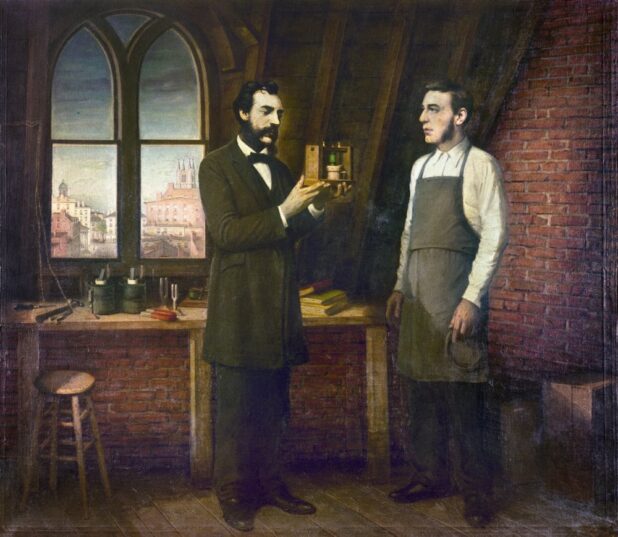
Another famous inventor collaboration occurred between Alexander Graham Bell and his assistant, Thomas Watson. Bell, a Scottish-born inventor, and scientist is best known for his invention of the telephone in the late 19th century. However, it was his partnership with Watson, an experienced electrical designer, and mechanic, that helped turn his vision into a reality.
Together, the pair worked tirelessly on the development of the telephone, with Watson contributing his expertise in electrical engineering and mechanical design. Their collaboration culminated in the successful completion of the first telephone call on March 10, 1876, forever changing the way humans communicate. This partnership paved the way for the global telecommunications industry and demonstrated the power of collaboration in bringing about revolutionary change.
3. Pierre and Marie Curie ─ Pioneering Radioactivity Research
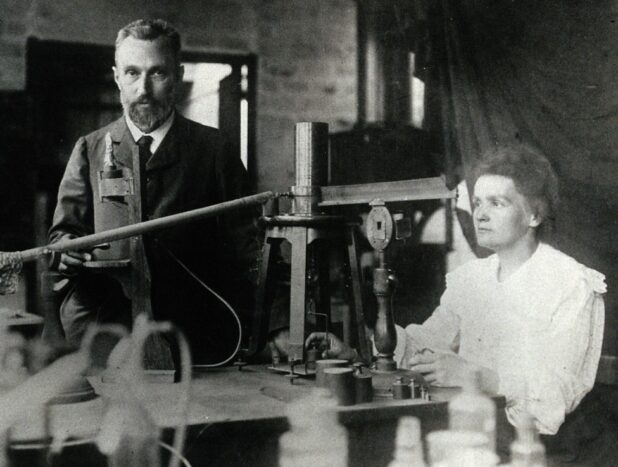
Another great example of a successful inventor partnership is that of Pierre and Marie Curie, the husband-and-wife team who made groundbreaking discoveries in the field of radioactivity. Both were accomplished scientists in their own right, but their collaboration led to the discovery of the radioactive elements polonium and radium, as well as the development of the theory of radioactivity.
Working side by side in their laboratory, the Curies combined their expertise in chemistry and physics, conducting painstaking research that ultimately earned them the Nobel Prize in Physics in 1903. Their collaborative efforts not only advanced the understanding of radioactivity but also laid the foundation for future developments in nuclear power and cancer treatment.
4. John Bardeen, Walter Brattain, and William Shockley ─ Inventing the Transistor
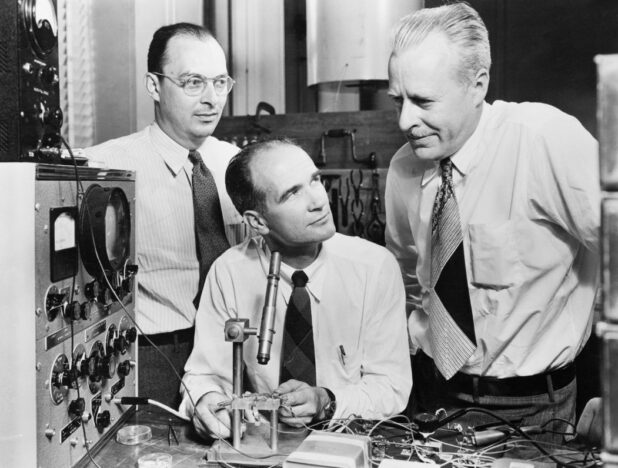
In the mid-20th century, a trio of physicists at Bell Laboratories collaborated to invent the transistor, a device that would revolutionize electronics and pave the way for the modern digital age. John Bardeen, Walter Brattain, and William Shockley combined their knowledge and expertise to develop the first working transistor, which was capable of amplifying electronic signals and serving as a switch.
The development of the transistor enabled the miniaturization of electronic devices and the creation of the integrated circuit, which eventually led to the development of computers, smartphones, and countless other electronic devices that are now an integral part of daily life. The successful collaboration between Bardeen, Brattain, and Shockley earned them the Nobel Prize in Physics in 1956 and showcased the power of teamwork in driving innovation.
5. Steve Jobs and Steve Wozniak – The Birth of Apple
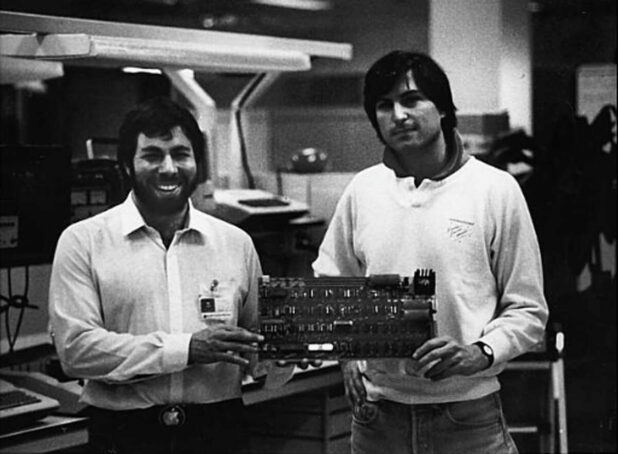
Steve Jobs and Steve Wozniak are synonymous with the founding of Apple Inc., a company that would go on to reshape the world of technology. Their partnership in the mid-1970s resulted in the creation of the first Apple computer, the Apple I. Jobs, with his visionary ideas and marketing acumen, joined forces with Wozniak, a brilliant engineer, and programmer. Together, they not only built the hardware but also designed the software, laying the foundation for the personal computer revolution. This collaboration not only changed the way we compute but also led to the birth of a tech giant that continues to innovate to this day. If you want to lead the world with an idea like this please visit this website.
6. Marconi and Tesla – Revolutionizing Communication
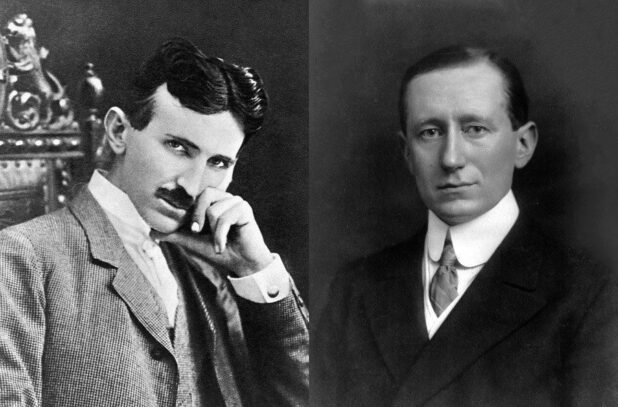
Guglielmo Marconi, an Italian inventor, and Nikola Tesla, a Serbian-American inventor, joined hands in the late 19th and early 20th centuries to work on the development of wireless telegraphy and radio communication. Marconi’s pioneering work in wireless transmission combined with Tesla’s innovative ideas in electrical engineering led to significant advancements in long-distance communication. Their collaborative efforts led to the establishment of wireless telegraphy systems and laid the foundation for modern radio communication, forever changing the way we connect and share information across vast distances.
7. Isaac Newton and Gottfried Wilhelm Leibniz – The Birth of Calculus
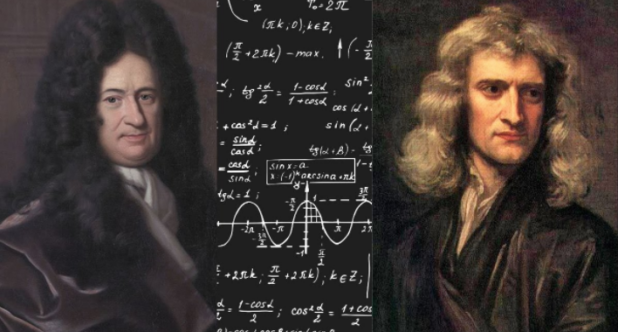
The invention of calculus, one of the most fundamental branches of mathematics, owes its development to the independent work of two brilliant minds—Isaac Newton and Gottfried Wilhelm Leibniz. Both mathematicians independently conceived calculus in the late 17th century. While their notations differed, their ideas were strikingly similar. Their collaboration, although indirect, occurred when they shared their mathematical ideas, contributing to the refinement and formalization of calculus. This collaboration in the world of mathematics gave birth to a branch of study that has countless applications in science, engineering, and technology. For a similar breakthrough you need to learn more and how, find out here.
8. James Watson and Francis Crick – Unraveling the DNA Structure
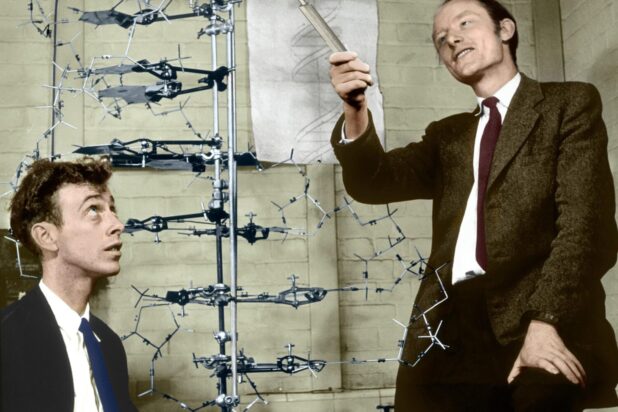
In the mid-20th century, James Watson and Francis Crick embarked on a collaborative journey to unlock one of the most profound mysteries of life—the structure of DNA. Their efforts, combined with contributions from Rosalind Franklin and others, led to the groundbreaking discovery of the double-helix structure of DNA in 1953. This discovery revolutionized the field of genetics and provided the foundation for understanding the hereditary information encoded in our genes. The collaboration between Watson and Crick not only advanced the realm of biology but also opened the door to a new era of medical research and genetic engineering.
With the power of collaboration, anything is possible—so never underestimate what you can achieve when you join forces with someone else who shares your passion for creativity and innovation!
 World Magazine 2024
World Magazine 2024






